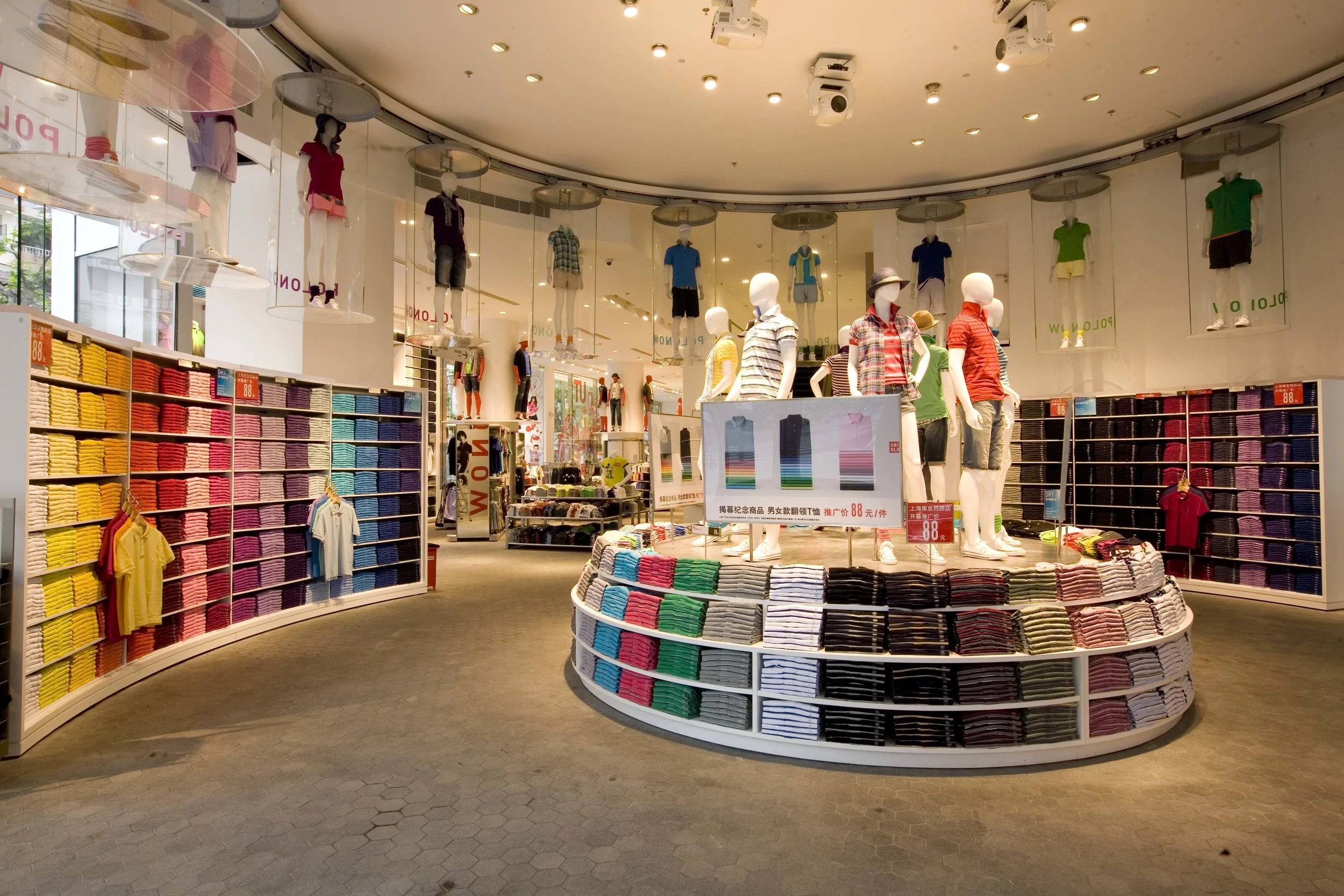IoT and Big Data Application in Retail
Guest blog post by Amy Simpson
IoT is changing the retail experience unequivocally
Back in 2014, Google bought Nest for over $3 billion, one of the biggest names in home automation, in 2018 Amazon launched AWS IoT Analytics, cloud-based platform allowing connected devices to communicate, and for the results to be analyzed.
IoT (Internet of Things) is being used to personalize the in-store experience with offers connected to purchase and browsing history. It is providing invaluable insight into buying behaviours, allowing retailers to surprise and delight consumers across various channels. What is clear is that the retail landscape is certainly painting a more dynamic and interesting picture than the more traditional retail models of 20 years ago.
Although currently, companies are happy gleaning insights from existing data, they will also be looking for new information sources as the advantages offered by big data analytics become more mainstream. One way of maintaining competitive advantage is to deploy IoT in retail – an industry, which, according to a new research report by Global Market Insights, Inc., is predicted to reach over $30 billion by 2024. With 77 percent of retailers [Verizon] believing that IoT solutions help improve customer experience, we can expect to see many more brands employing IoT and analytics in their strategies going forward.
An aid to personalization and premiumization
IoT ultimately helps a brand to establish strong consumer connections, that are not based on pricing strategies alone. Once a consumer’s data is used effectively, a brand can compete more easily as they can improve stickiness by really understanding what a consumer wants. This approach lines up well with the current retail climate, in which consumers are paying more attention the brand. The focus in retail is now also about refining brand culture, aesthetic details, quality, personal customising, premiumization, connection construction and end-to-end experience. AI can accelerate the adoption of all these elements.
Decreasing churn and a sharper focus on the customer
We already know that attracting a new customer is up to seven times more expensive than keeping an existing one. IoT and Big Data application eases the task of remembering past purchase information, previous searches, and orders, suggesting complementary products and ensuring shipping details are correct. Data can also give insight into patterns of long-standing customers and, through clustering algorithms, can divide the customer base into groups, and help companies identify leads, personalize promotions and ultimately return churn with a slicker customer experience geared around the individual.
Clothing store Uniqlo is pioneering the use of science and AI to create a unique in-store experience.
Planning ahead
Big data can also positively affect a company’s long-term view, and help brands to adapt their promotions and offers quickly, depending on the latest market demand. If a retailer is able to analyse buying patterns more closely, more appropriate pricing models can be created, instead of sticking to the traditional end-of-season sale model. For example, many travel website have used very adaptive pricing models depending on the popularity of specific destinations and the customer’s location identified by the browser’s cookies.
We'd love to keep you around!
You like our content? You would like to always be up-to-date when we publish new blog posts, events, announcements etc.? Then join our communications here and/or follow us on our Social Media channels via the buttons below.

 Français
Français

